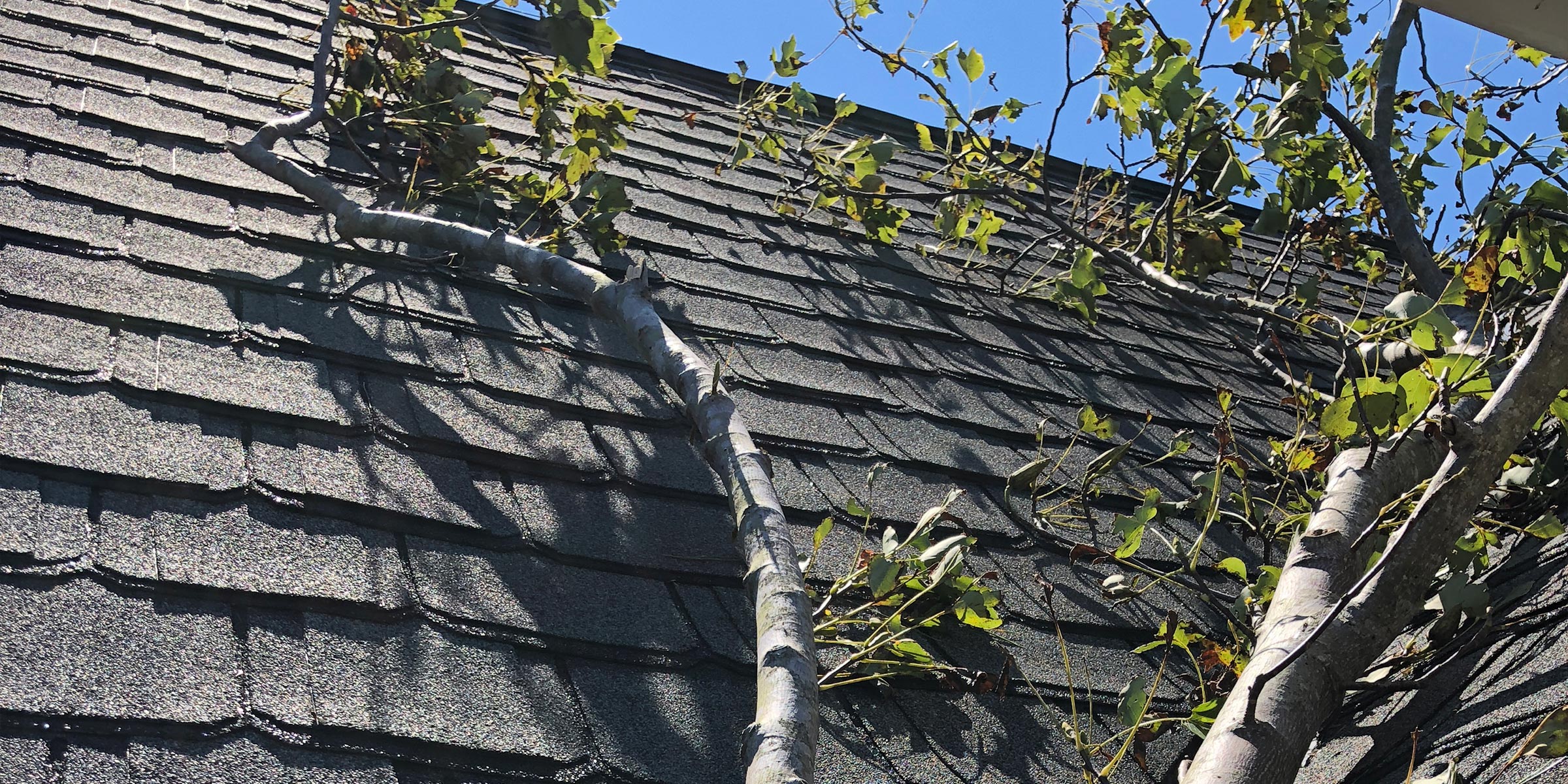Despite how much it costs and how inconvenient it is, homeowners always want to try to fix their own roof damage whenever it comes up. The problem with that is it can get you hurt, especially after a storm.
Don’t take your chances with trying to fix it on your own. Here’s our roof damage guide to help you determine if you need to hire a roofer.
Read on!
Contents
Wait for the Storm to Pass
When assessing a damaged roof after a storm, it is important to wait for the storm to pass. It is also important to avoid walking on the roof as much as possible. If there is access to the roof, use a ladder to quickly examine the condition of the roof surface.
It is important to use binoculars to safely inspect any difficult-to-access areas. Any debris spotted on the roof should be removed, as this is a sign the storm might have caused some kind of damage.
Assessing Visible Damage After a Storm
After a storm, it’s important to assess any visible damage to your roof. Start by looking for areas where debris, such as branches and leaves, may have caused dents, punctures, holes, or other damage. If the roof itself has any damage, inspect it closely using binoculars from the ground.
Make sure to look for missing shingles, any signs of wear and tear, and evaluate the overall condition of the roof. Next, check for crushing and water damage, which can cause interior leaks. Have a look for bulging, buckling, sagging, and other signs of distress in the roof.
If at any point you’re unsure or you feel unsafe in assessing the damage, reach out to ARAC Roof It Forward for a professional roofing assessment. The specialist will be able to safely diagnose any issues and provide a proper diagnosis and repair solution.
Identifying Hidden Roof Damage in the Interiors
If you see any discrepancies, proceed with caution and take pictures or videos to track any changes that may take place. Look for any water stains, whether they are black or brown, indicators of leakage. Gently press your hand onto the ceiling to see if the drywall feels spongy.
Check the attic for any signs of mold or water spots. Pay extra attention to trusses and beams to determine if they are warping or discolored. Make sure to contact a professional if you find any of these warning signs, as they can expertly pinpoint more intricate and hidden damage.
Choose the Best Roof Repair Today
Roof damage from a storm can cause significant structural and aesthetic damage. Properly assessing and addressing roof damage quickly can minimize extensive damage.
Always ensure that roof repairs are completed by a properly certified roofer to ensure safety and long-term roof function. Protect your roof safety and investment today by scheduling a roof inspection.
Did you find this article helpful? Check out the rest of our blogs!

